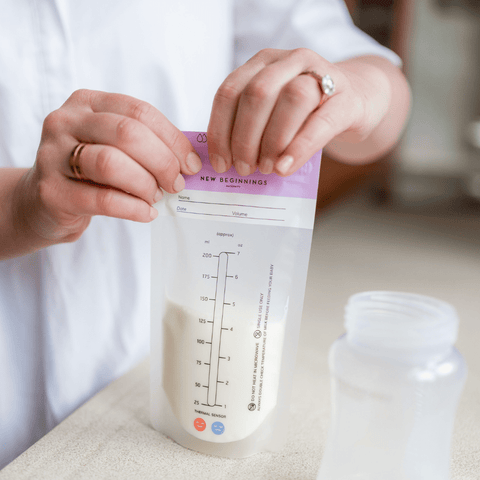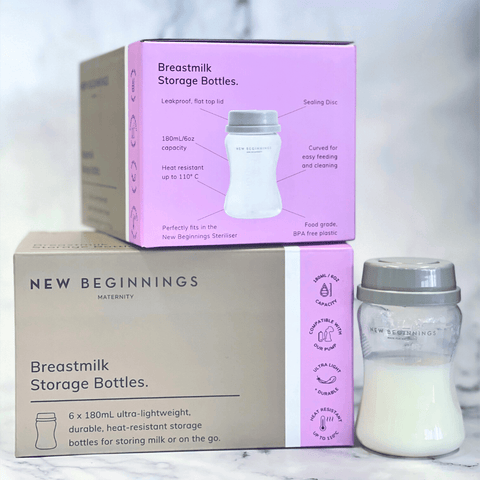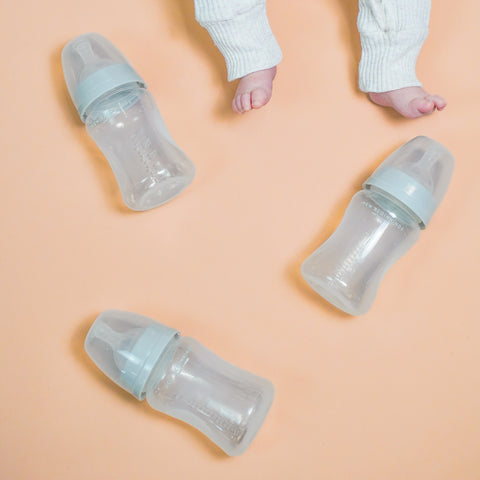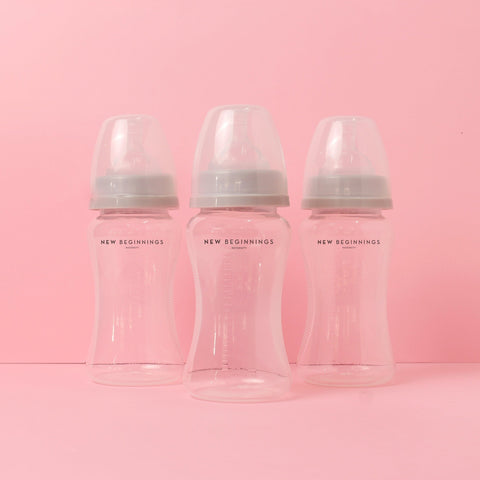Open vs. Closed System Breast Pumps: Key Differences You Need to Know for Successful Pumping
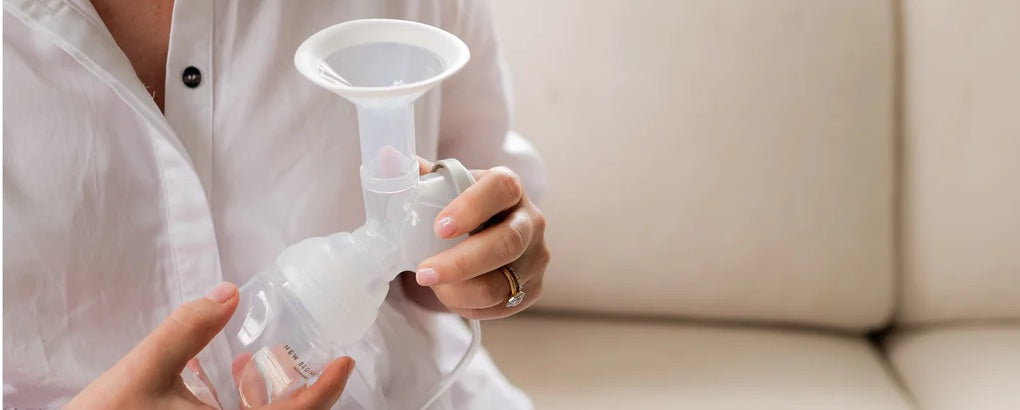
If you're thinking about buying or renting a breast pump and have been doing your research, you may have seen some models described as ‘closed system’ and others as ‘open system’. But what do these descriptions actually mean? And why do they matter? Read on to find out…
Wondering if you need a breast pump at all? Visit our guide to Pump or Feed?
What do 'open system' and 'closed system' breast pumps mean?
These terms generally refer to whether or not there’s a barrier (sometimes called a ‘media separation’) between the breast pump and your expressed breast milk.
A breast pump with a milk barrier is known as a closed system as it’s ‘closed off’ from the milk. The barrier prevents the milk overflowing and leaking into the pump mechanism, and helps ensure your expressed milk travels through a hygienic route.
An open system breast pump doesn’t have a milk barrier – meaning milk can go back through the tubing.
It's worth noting that this isn't a medical term and different brands can refer to this system with different terminology.
What are the benefits of a closed system breast pump?
1. Reduces Bacteria
The barrier in closed system breast pumps serves as a hygienic shield. It prevents the backflow of any milk into the pump's tubing or motor, which could potentially introduce bacteria into the milk.
2. Added Comfort
Having the overflow protection within the breast shield connector means you can pump in a more reclined, comfortable position, because you can be confident your expressed breast milk won’t get into the tubing. This is a big bonus, as being comfortable and relaxed while pumping helps your milk to flow – for more on how to make the most of your pumping sessions, see our guide to choosing a breast pump.
3. Easier to Clean
Another plus for busy mums is that this type of breast pump is easier to keep clean and maintain. Because the overflow protection minimises the chance of moisture entering the tubing, you’re less likely to need to clean and sanitise it.

What if I see moisture in my breast pump’s tubing?
If moisture does appear in the tubing of your closed system breast pump, condensation is likely to be the culprit. This can happen if any parts are not completely dry when you start pumping.
If you spot water droplets in your breast pump tubing, you’ll need to clean and sanitise it or replace it according to the product instructions.
Are all closed system breast pumps the same?
While many breast pump brands claim their products have closed systems, they’re not all created equally. Some manufacturers have compromised their breast pumps’ effectiveness to have a closed system. If the breast pump is poorly designed, it can actually reduce the amount of milk you can collect. Be sure to check the stimulation settings and pumping settings.
What makes New Beginnings breast pumps different?
When you use a New Beginnings breast pump, you’re using a hospital-grade breast pump with advanced LacTech™ micro-computer technology, which closely mimics the natural suckling motion of baby via an exceptionally soft, rhythmic system. Our single and double electric breast pump offer 5 stimulation settings, along with 9 pumping settings. With a USB port and small in size, our electric breast pumps are preferred by 9/10 Australian mums.






